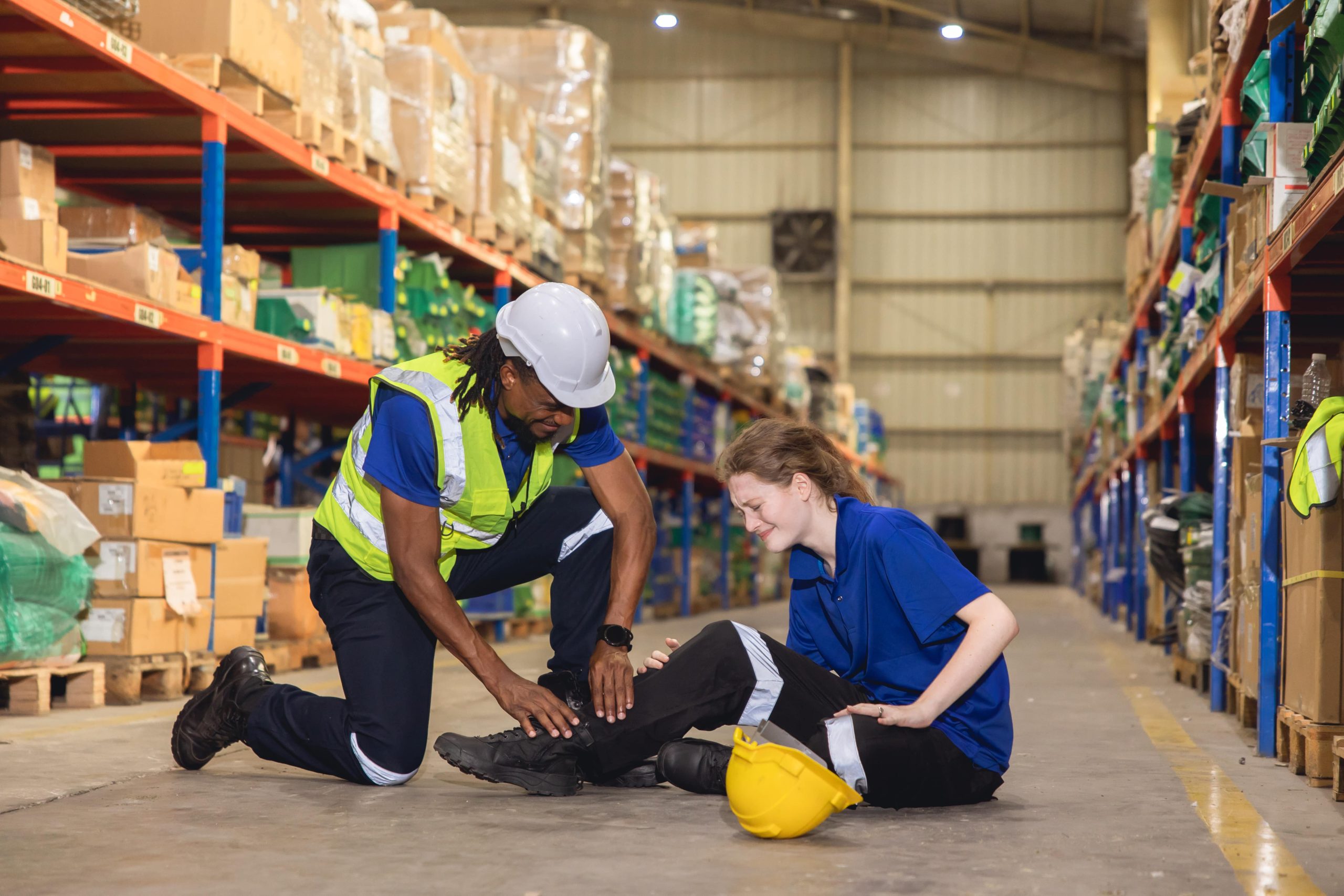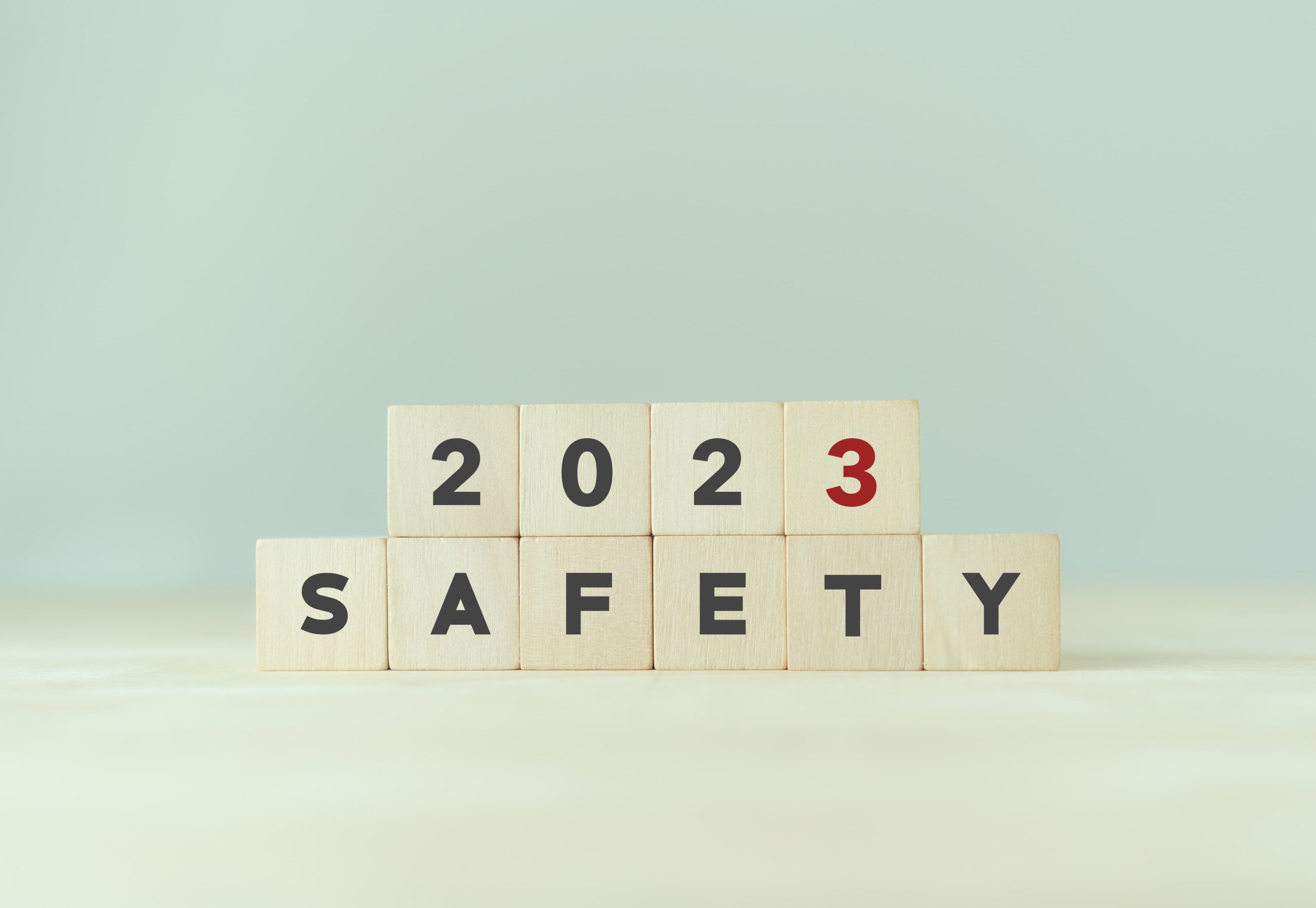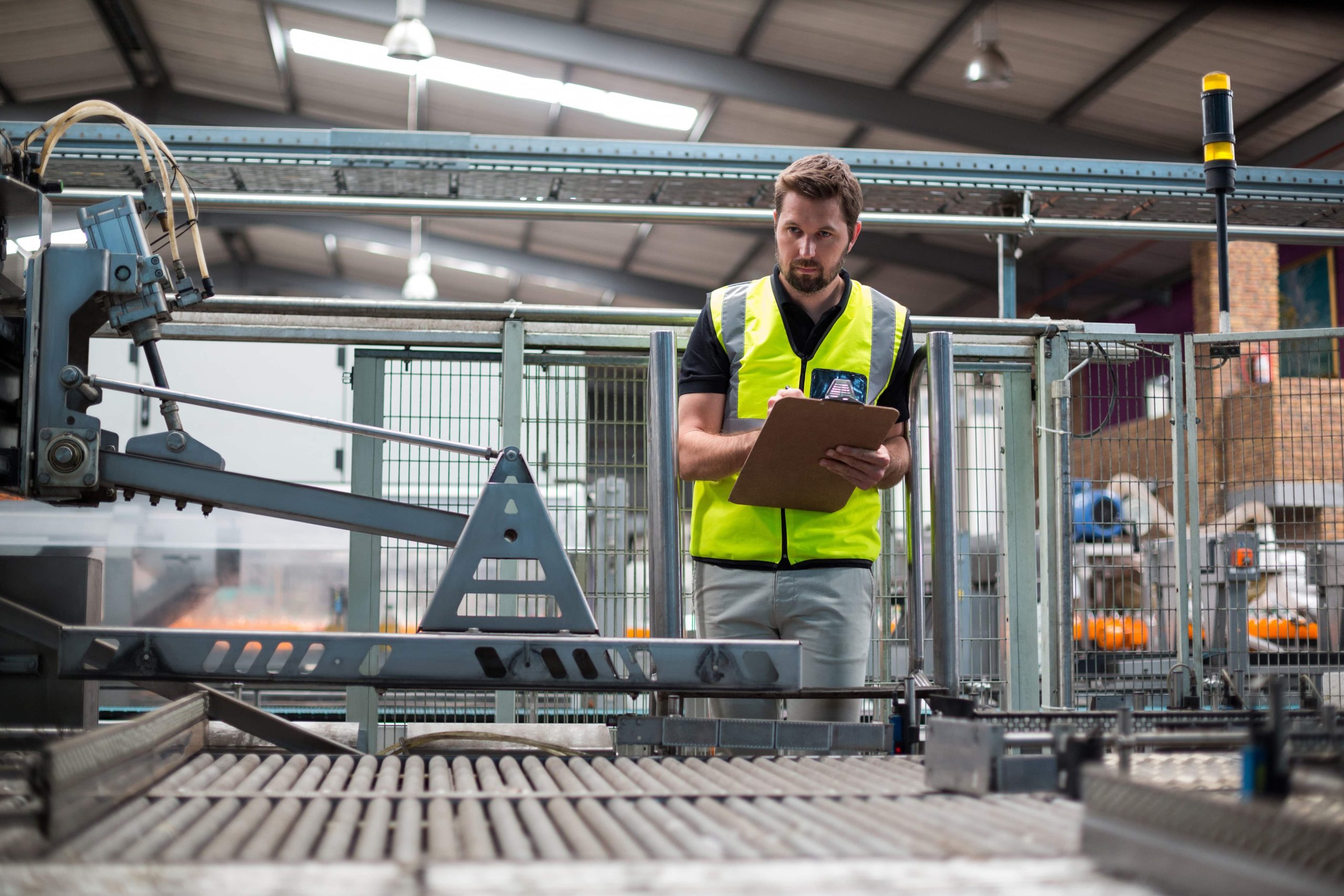BLOG
HSE statistics 2023 show slow to no progress in driving down work-related injuries and ill health
Written on 22 November 2023

An estimated 561,000 workers sustained a non-fatal injury at work in Great Britain in 2022/23, according to new HSE statistics.
The regulator’s latest report, published 22 October 2023, derives its data from the Labour Force Survey to provide the most complete estimate of workers sustaining a non-fatal injury at work.
In addition to this headline figure, which is based on self-reports, 60,645 non-fatal injuries were reported by employers under RIDDOR.
At the same time, the HSE also released updated statistics surrounding ill health, which reveal that 1.8 million workers suffered from work-related ill health (new or long-standing) in 2022/23.
So what do the HSE’s summary statistics tell us about workplace health and safety in 2023?
Work-related injury: common causes and sector split
As it does every year, the HSE’s report provides information on the most prevalent accident kinds contributing to both fatal and non-fatal injuries to workers. While the data pertaining to fatal injuries was released earlier this year as part of the HSE’s fatal injury statistics, the information on non-fatal injuries, and their causes, is new.
The statistics show that slips, trips or falls on the same level remain the leading cause of non-fatal injury to workers, accounting for nearly one-third (32%) of all injuries. This is followed by handling, lifting or carrying (17%) and being struck by a moving object (11%).
Nick Wilson, Director of Health & Safety Services at WorkNest, says: “The top two most common accident kinds – slips, trips and falls and handling, lifting or carrying – accounted for around half of all employer-reported non-fatal injuries to employees in 2022/23. Given how well-documented these risks are, it’s inexcusable for employers not to have robust measures in place to mitigate them effectively.”
Falls from height, the most common cause of fatal injury to workers in recent years, accounted for 8% of reported non-fatal injuries to employees in 2022/23. Other common causes of non-fatal injury include acts of violence (8%), being struck against something fixed or stationary (4%) and contact with moving machinery (4%).
“All of these risks should be properly addressed and managed through suitable and sufficient risk assessments to prevent non-fatal injuries or, in more severe instances, fatalities”, says Nick. “This is a legal requirement under the Management of Health and Safety at Work Regulations 1999, which obligate employers to systematically identify, evaluate, and mitigate potential hazards in the workplace. Apart from the primary concern for human wellbeing, failure to do so could expose organisations to enforcement action, fines, and reputational damage, as well as undermine the fundamental commitment to providing a safe working environment.”
Analysing the data by industry, the following sectors were found to have statistically significantly higher rates of self-reported non-fatal injuries compared to the all-industry average:
- Agriculture, forestry and fishing (3,730 per 100,000 workers)
- Construction (2,640 per 100,000 workers)
- Accommodation and food services (2,500 per 100,000 workers)
- Wholesale/retail trade (including motor vehicle repair) (1,960 per 100,000 workers)
This represents no change from last year, when the same five industries came out on top.
Do you need support?
Speak to us for an honest, no obligation chat on:
0345 226 8393 Lines are open 9am – 5pm
Work-related ill health: mental health and MSDs
Stress, depression and anxiety continues to be the leading cause of work-related ill health, accounting for 49% of all ill-health cases. Perhaps unsurprisingly, industries with higher than average rates of these conditions, and indeed ill health in general, include human health and social work activities, public administration and defence, and education.
In terms of raw numbers, a total of 875,000 workers suffered from work-related stress, depression or anxiety in 2022/23. This equates to a prevalence rate of 2,590 per 100,000 workers – higher than the 2018/19 pre-pandemic level.
Nick says: “Incidences of stress, depression and anxiety show no sign of decreasing following the large jump in cases during COVID, now accounting for half of all new and long-standing cases of work-related ill health. Tackling these mental health conditions remains a considerable and persistent challenge for all employers; indeed, the rate for 2022/23 isn’t statistically different to last year, indicating that employers are struggling to identify and manage these risks effectively.”
He recommends: “A proactive approach is essential. Conducting company-wide risk assessments is a good place to start and will help you to identify where individual assessments are required. These assessments should thoroughly examine factors like workload demands, job control, organisational culture, role clarity, and the provision of adequate resources, which can contribute to stress and other mental health conditions. By identifying and mitigating these stressors, employers can create a work environment that prioritises the mental wellbeing of employees, nurturing a healthier, more resilient workforce.”
Maintaining its position as the second highest cause of ill health for another consecutive year is musculoskeletal disorders (MSDs), which account for 27% of all ill-health cases.
473,000 workers suffered from new or long-standing work-related MSDs in 2022/23 (a rate of 1,400 per 100,000 workers), with the upper limbs or neck (196,000 cases) and back (195,000 cases) most affected.
To prevent and address these issues, Nick advises that employers implement ergonomic workplace designs, make use of mechanical lifting aids and equipment, provide proper training on lifting techniques, and encourage regular breaks and exercises to alleviate strain on the musculoskeletal system.
The HSE has also published data pertaining to occupational lung disease, asbestos-related disease, and other ill-health conditions such as occupational cancer, work-related skin disease, and noise-induced hearing loss. Specific figures regarding these conditions can be found at the bottom of this page.

Are we making progress?
Naturally, the key question on most people’s minds whenever new HSE statistics are released is, ‘Are workplaces becoming safer?’
Prior to the coronavirus pandemic, the rate of self-reported non-fatal injury to workers showed a generally downward trend. The current rate (1,750 injuries per 100,000 workers) is similar to the 2018/19 pre-coronavirus level; however, in recent decades, there have been large reductions in both fatal and non-fatal workplace injuries.
Nick says: “While the overall picture is promising, comparing this year to last, the needle has barely moved when it comes to the total number of non-fatal injuries, which have dropped less than 1% from 565,000 to 561,000. This marginal decrease suggests the need for renewed focus – employers mustn’t get complacent.”
Progress appears to be even more sluggish in regard to ill health, with the HSE describing the historical picture as “mixed”. The rate of total self-reported work-related ill health (including both new and long-standing cases) has declined from the level seen in the 1990s, but in the years leading up to the coronavirus pandemic, it had been broadly flat.
Comparing this year to the last, the headline figure remains static at 1.8 million cases. In fact, the current ill-health rate (5,250 per 100,000 workers) is higher than it was pre-pandemic.
Nick says this lack of progress requires targeted interventions and a shift in focus. He explains: “Ill health often takes a back seat to accident reduction, perhaps because the tangible impact of injuries is more immediately evident. However, the silent toll of ill health, including stress and anxiety, can be equally debilitating and must no longer be underestimated in our efforts to create safer and healthier workplaces.”
Cost to businesses
The HSE estimates that a staggering 35.2 million working days were lost due to work-related ill health and non-fatal workplace injuries in 2022/23. This breaks down as 3.7 million days lost to injuries and 31.5 million to ill health, further underscoring the cost to businesses of failing to prioritise the latter.
Stress, depression or anxiety and MSDs accounted for the majority of days lost due to work-related ill health in 2022/23 (17.1 million and 6.6 million respectively).
On average, each person suffering took around 15.8 days off work. This varies as follows:
- 6 days off for injuries
- 8 days off for ill-health cases
- 6 days off for stress, depression or anxiety
- 9 days off for MSDs
Nick says: “In the current context, where businesses are grappling with staff shortages and financial challenges, the fact that the current days lost rate (1.31 working days lost per worker) is higher than the pre-pandemic level should be a wake-up call for employers.
“Organisations would do well to recognise the very obvious link between subpar health and safety practices and higher rates of absenteeism and reduced productivity, particularly right now. Taking proactive steps to prevent injuries and improve mental health will be imperative to creating a more resilient and thriving workplace in the year ahead.”
Related Content
WorkNest: sensible, set-cost Health & Safety support for employers
From fines to absences, lost productivity, higher insurance premiums and other costly consequences, subpar health and safety practices can incur significant costs for organisations.
If you’re not fully confident in your current set-up, or worried you might not be compliant, WorkNest’s Health & Safety specialists can help.
With ongoing consultant support underpinned by annual audits and a bespoke policy and handbook – plus simple risk management software and engaging eLearning courses for employees – our comprehensive fixed-fee service is the perfect solution for those looking to improve their approach to health and safety management.
Whether you have nothing in place or would benefit from additional professional support, get in touch to see how we can make risk management easier. Call us on 0345 226 8393 or request your free consultation using the button below.




